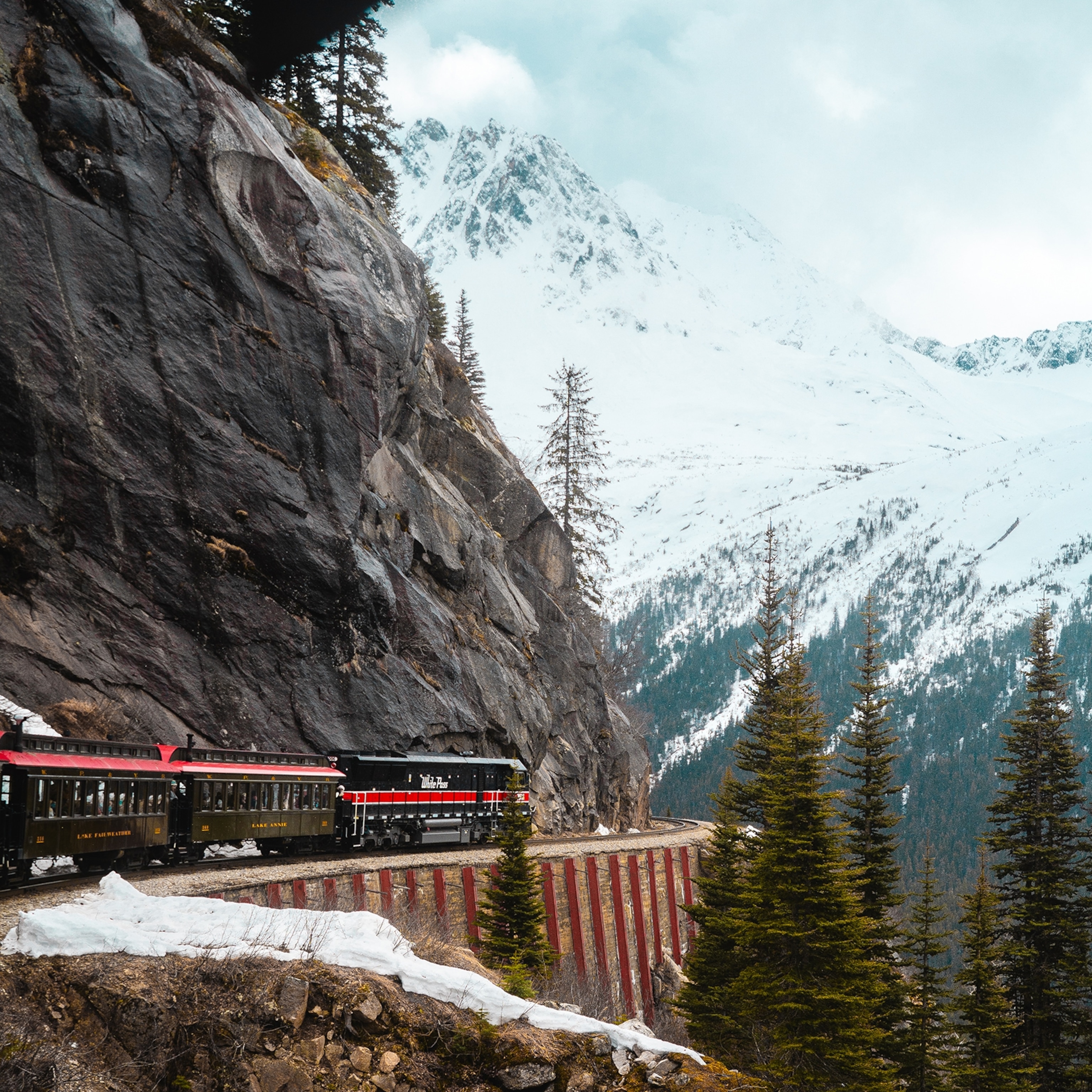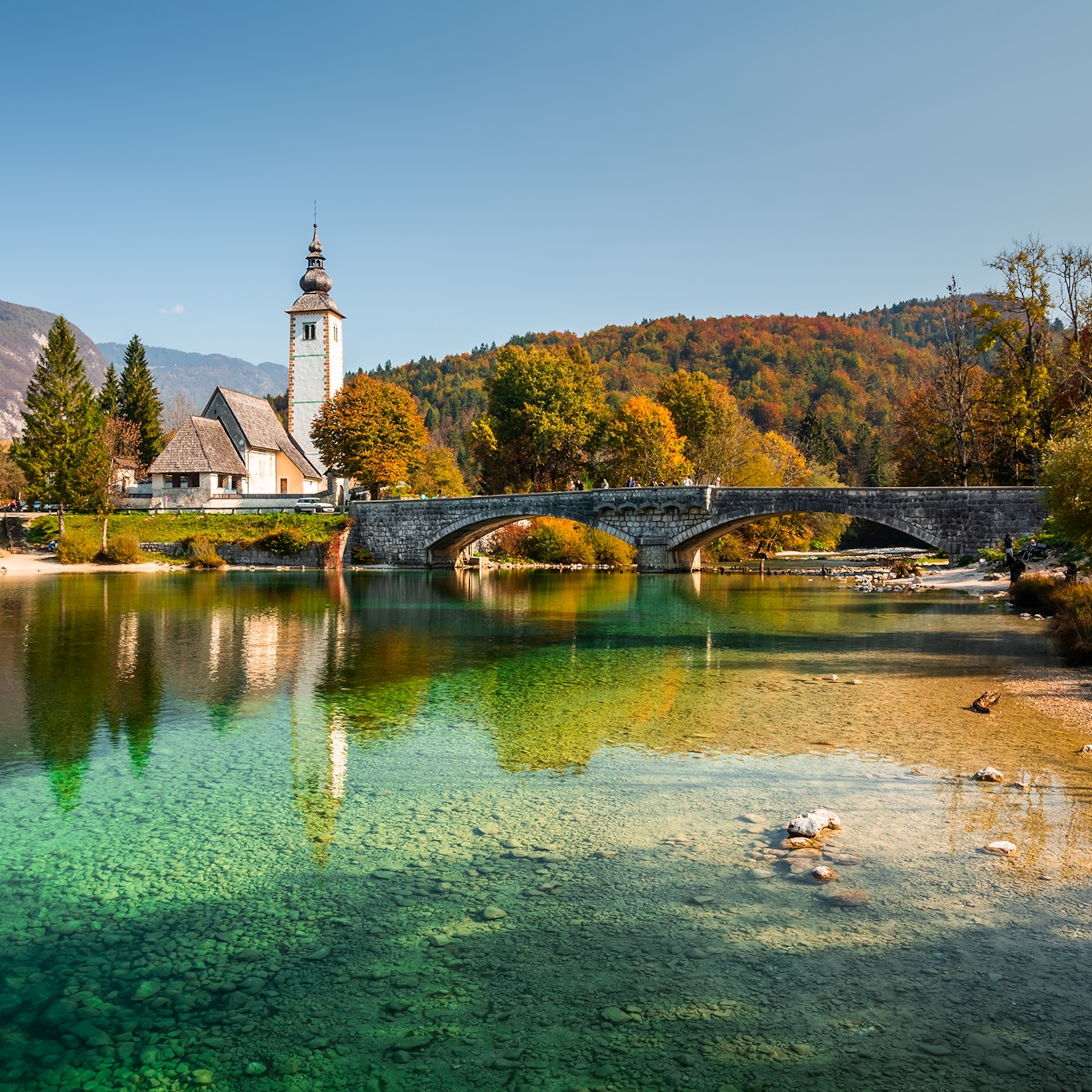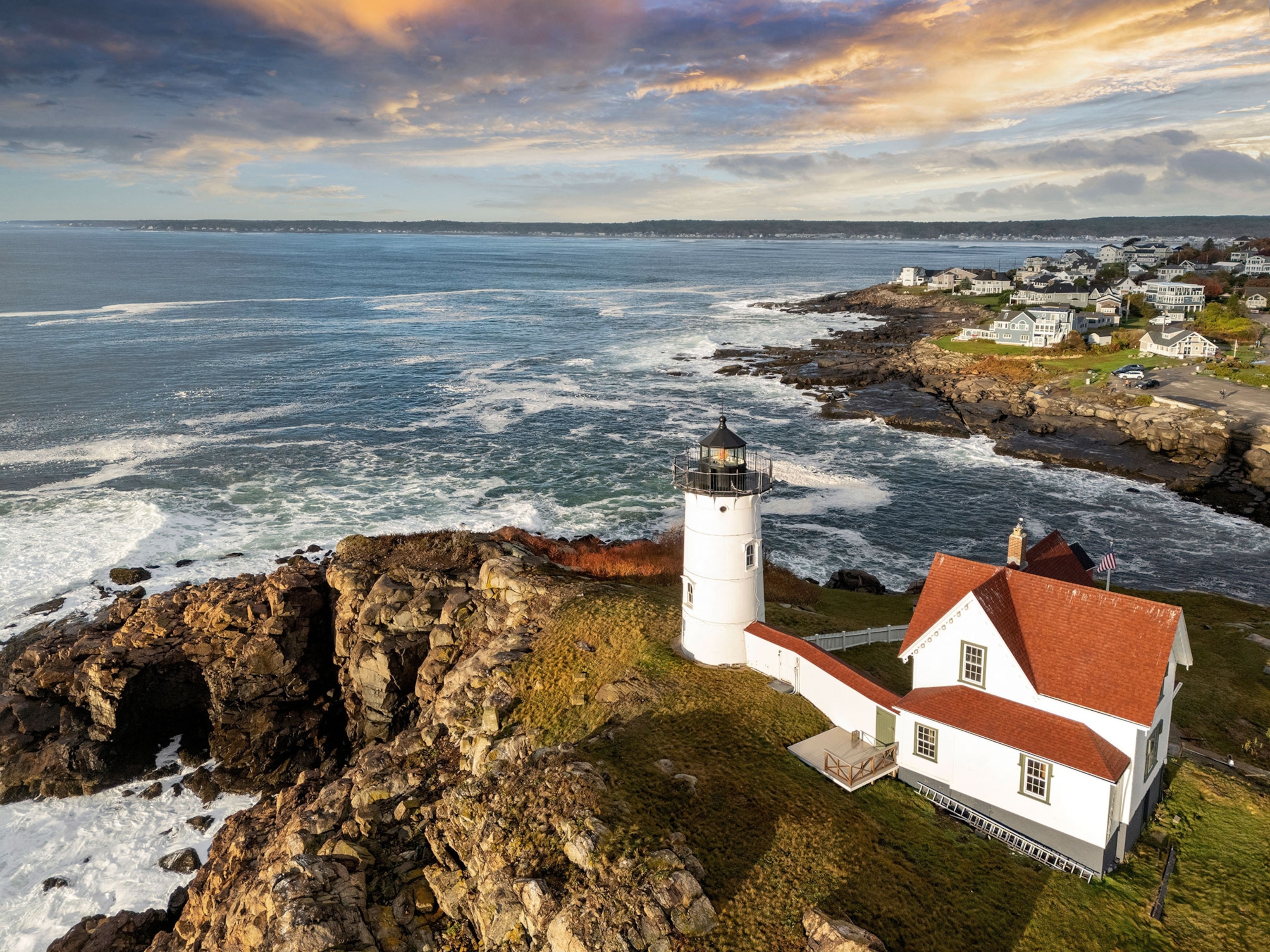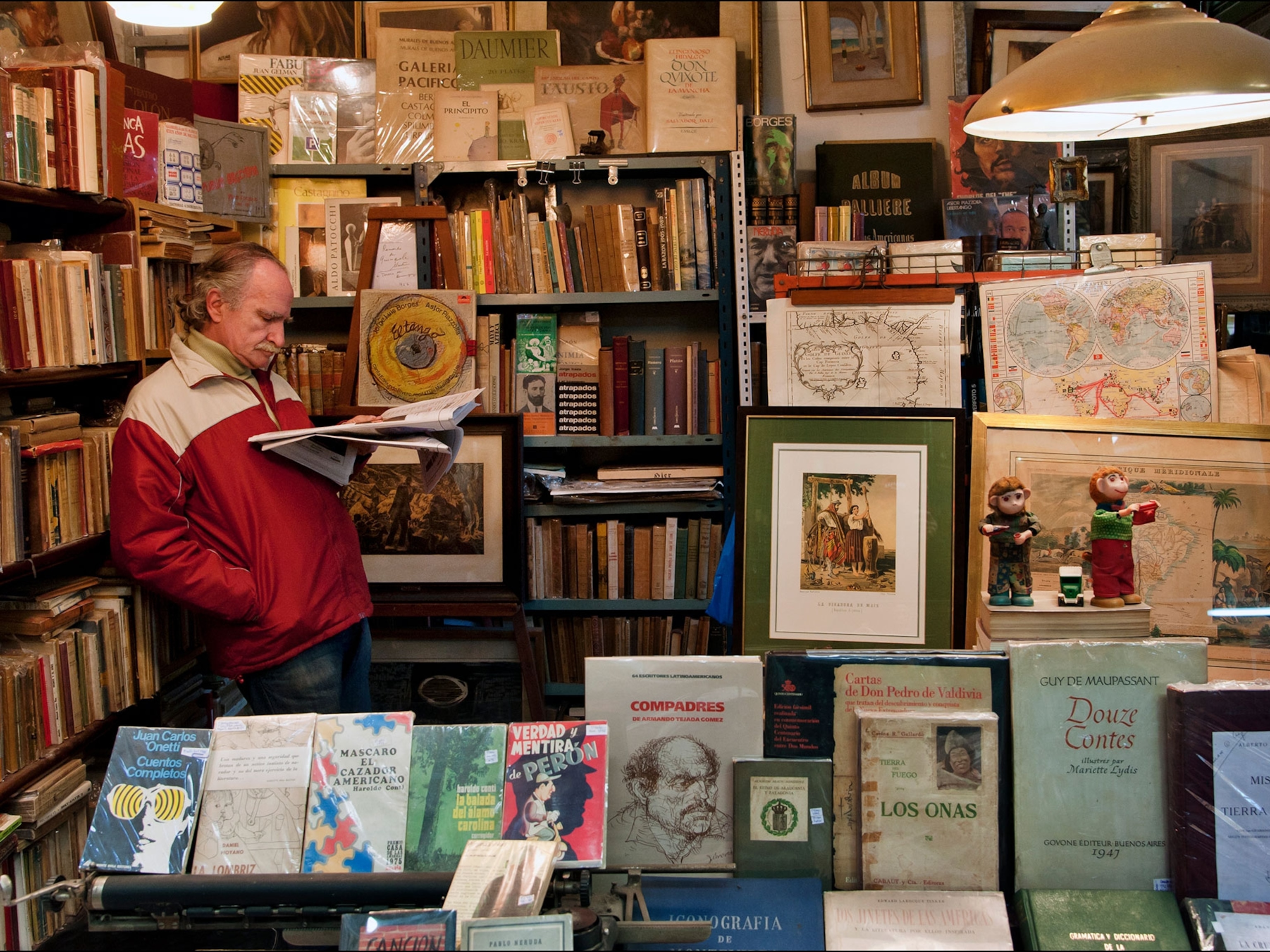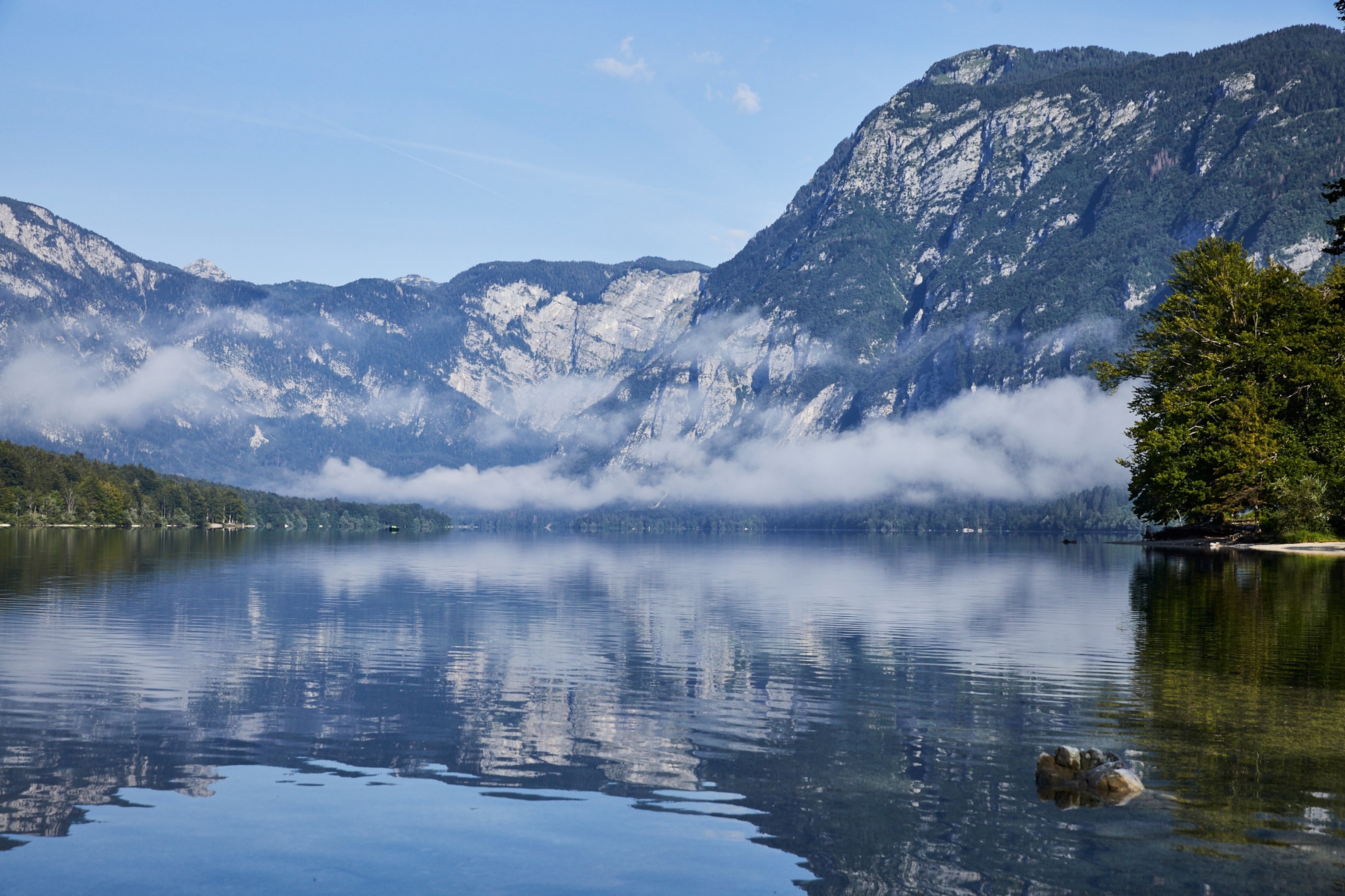
Dipping below the surface
Slovenia is a country shaped by water – its landscape sculpted by thermal springs, freshwater lakes, racing rivers and picturesque coastline. People have been coming here since Roman times to bathe, drink and swim in the mineral-infused waters. Here are just some of the ways you can immerse yourself.
Sea water and saline
In the south-west corner of the country, where Slovenia borders the Adriatic Sea, you’ll find 1000-year-old natural salt pools teeming with wildlife. Head to Sečovlje Salina Nature Park and stroll along grassy trails that weave their way between glassy pools – where tiny red brine shrimp make their home and nearly 300 species of birds flitter about among the reeds.
The waters here are not only good for wildlife. The salt is said to help aid muscle relaxation and alleviate a number of skin conditions.
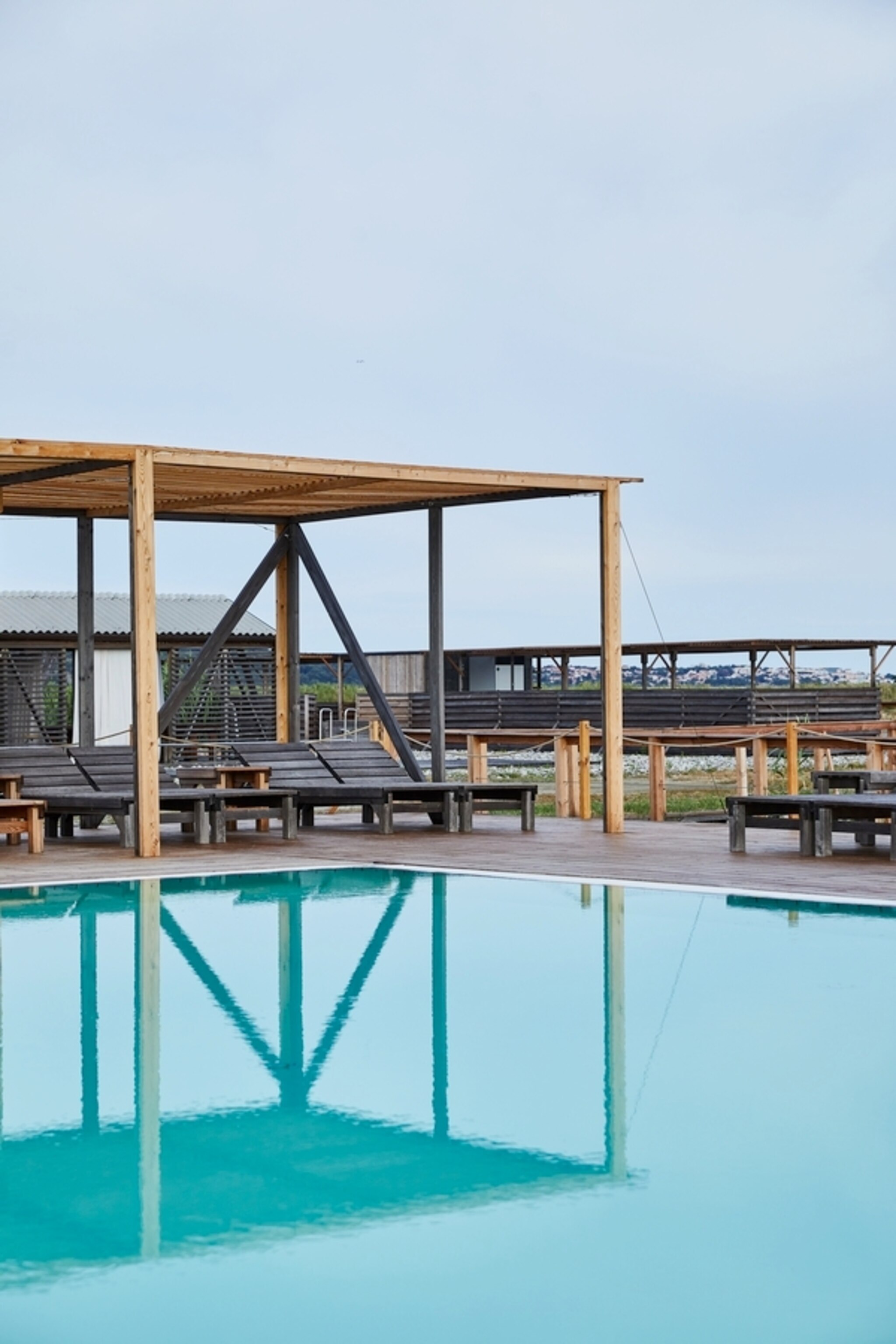

Tucked away among the saltpans, about 10 minutes’ drive away, is Lepa Vida – a stylish open-air spa with an array of turquoise salt-pools dotted among weathered boardwalks with a backdrop of spectacular views over parklands, where you can cleanse yourself of all thoughts of home.
Mineral waters
Slovenia is renowned for the quality of its drinking water. There are around 7,500 natural springs dotted around the country. Take your water bottle with you while out hiking, and you can fill up straight from the source – crystal clear mineral water being filtered through layers of rock as it cascades down the slopes of the Julian Alps.
On the bustling streets of the capital city, Ljubljana, there’s high quality drinking water on tap in the city’s public fountains. Good thing, too: it’s thirsty work exploring the art galleries, museums and food markets you’ll find in the streets leading off from the Ljubljanica River.
In the east of the country there’s an entire spa dedicated to drinking water. People have been coming to Rogaška Slatina for centuries to sip the town’s naturally sparkling waters, which are served at a range of temperatures in a specially designed pavilion. One of the key ingredients in the water here is magnesium – with over 1,040 milligrams per liter – which is believed to help alleviate various symptoms including heartburn and constipation.
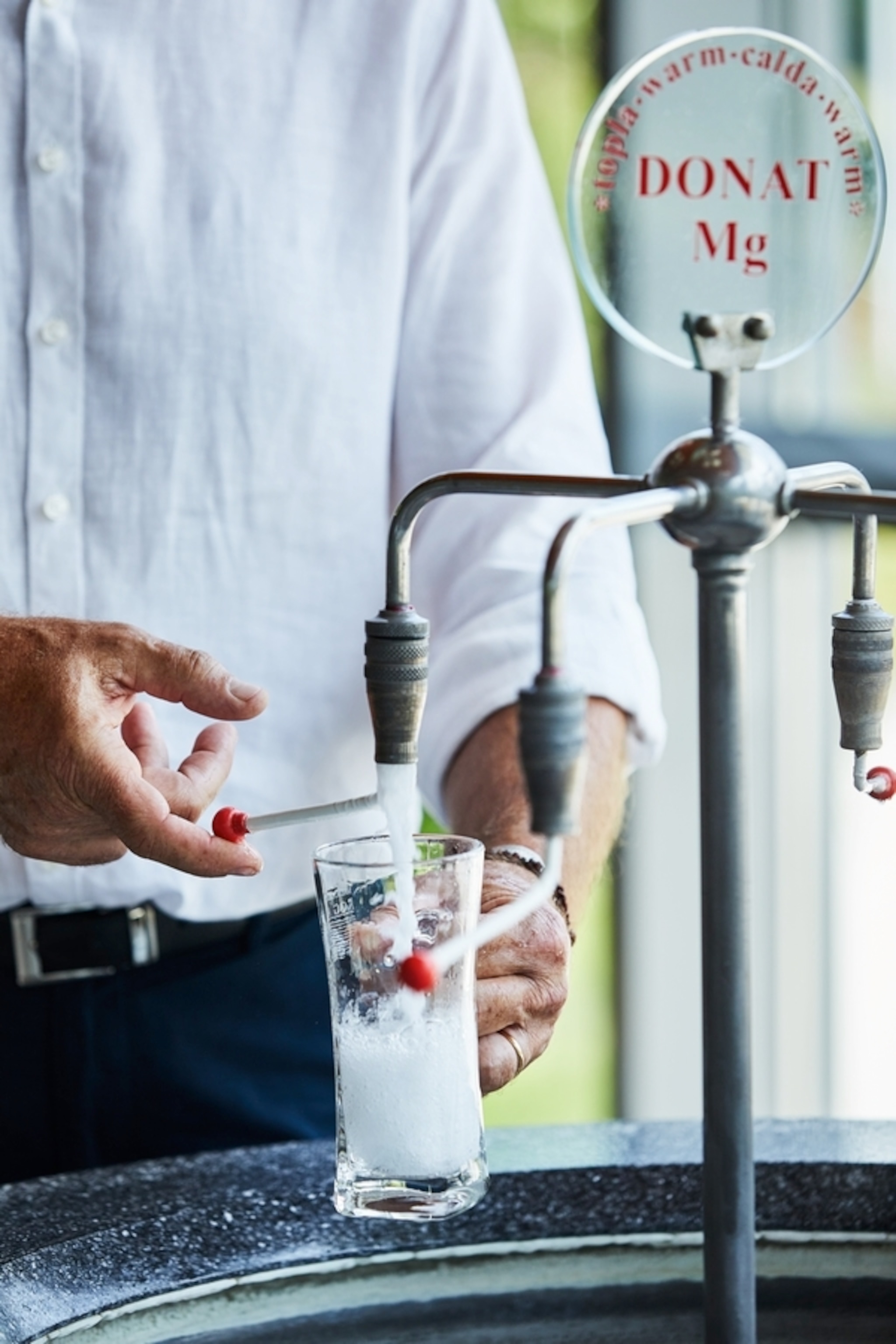
Mud and peat
It’s not just Slovenia’s waters that are good for you. At Terme Zreče Wellness and Spa Center, just over an hour from Ljubljana, there’s a variety of treatments that utilize mountain peat. Found in high altitude marshes among the woodlands of the Pohorje Hills, this mineral-rich peat is packed with nutrients that are renowned for their health-giving properties. A selection of treatments – from wraps to baths – are said to help alleviate aches and pains, skin conditions and various other maladies.
Locally-sourced mud that is naturally infused with nutrient-rich volcanic ash is used here, too. Warmed and then applied to the skin, it gently transfers the heat to aching joints.
Just as the waters differ from place to place, so too does the make-up of the mud. At Talaso Strunjan on Slovenia’s west coast, therapists use locally-sourced mud (or ‘fango’) in an array of wraps, to help alleviate muscular pain and more. Formed during the evaporation of nearby salt-pans, nutrient-rich mud is said to be beneficial for back pain, rheumatism and other issues.
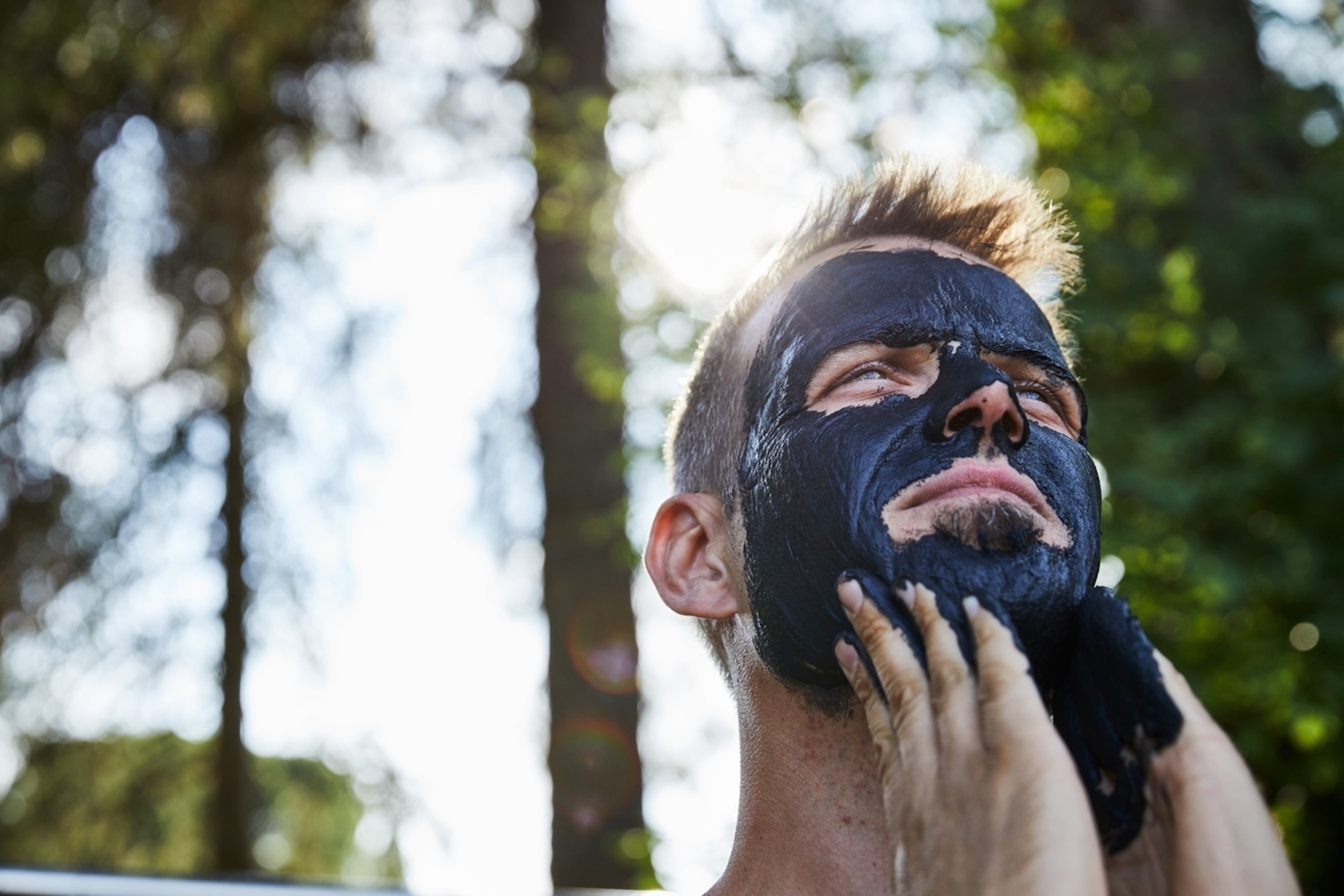
Even the air here has added health benefits. A blend of aromatic aerosols – formed from sea salt and the lush local vegetation – are said to help alleviate some respiratory issues. Head up to the nearby cliffs above Moon Bay, and stare out across the Adriatic Sea while breathing it all in.
Thermal waters
In all there are around 87 natural thermal springs located across Slovenia. Most of them lie in the Pannonian region, in the east of the country, which is where you’ll find find Moravske Toplice – home to the famous ‘black waters’ renowned for their health-giving properties, which are naturally heated in a deep underground spring. High levels of iron and manganese in the water here are said to help soothe achy joints and relieve skin conditions. These naturally-occurring elements are also what gives the water its distinctive dark coloring, which is actually more of a deep green color than truly black.

There are many pools to choose from – both indoors and al fresco – so you can lie back in the sunshine and let it all wash over you, or have a specialist put together a bespoke program of treatments. These usually consist of a morning dip in the thermal pools – or ‘black gold’ as the locals call it followed by afternoon sessions where a specialist applies mud wraps to your body.
Active waters
You don’t have to head to a spa to feel the benefit of Slovenia’s waters. Across the country there are numerous rivers and lakes offering all kinds of adventures.
On a rafting trip on the Soča River, the color of the water alone is enough to awaken your senses – a vivid turquoise enhanced by micro particles of limestone that catch the light. There are stretches of rapids to suit all experience levels, and local guides available to lend a hand with the paddling. As you glide downstream past intimate little beaches and limestone rock walls – surrounded on all sides by the craggy peaks of the Julian Alps – it’s hard to believe you’re just over an hour from the buzz of Ljubljana.
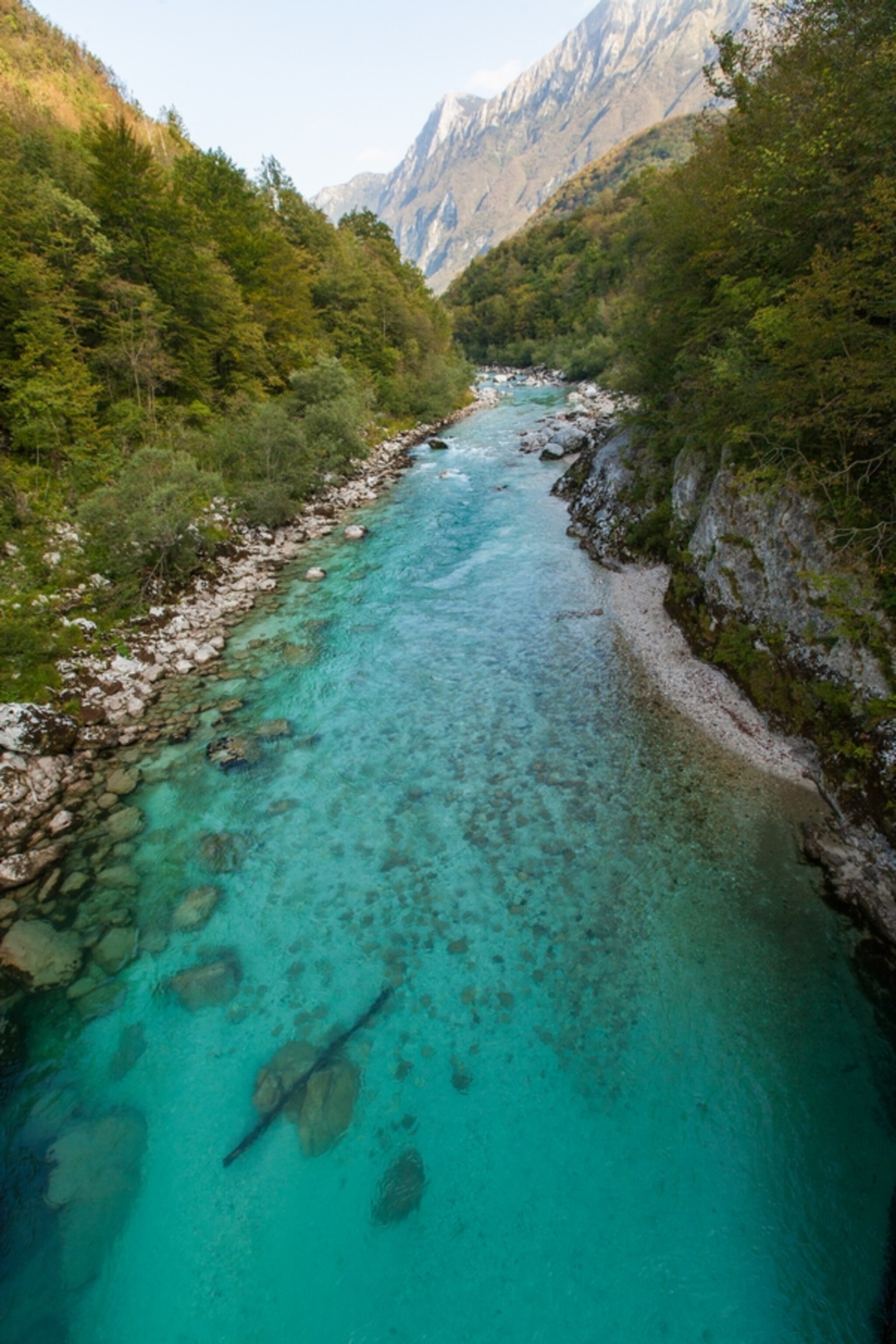
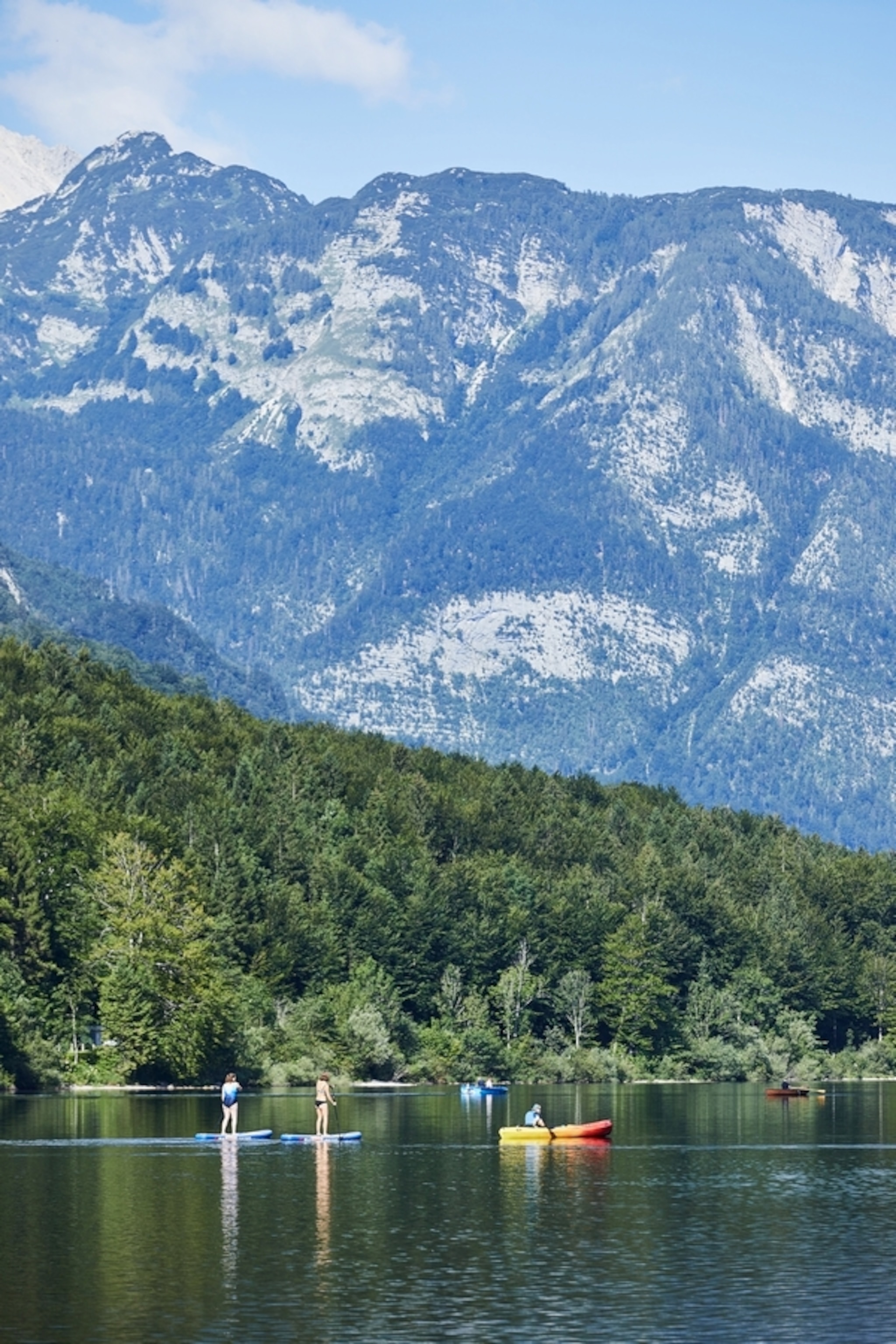
Similarly close to the capital is Lake Bohinj – where there are all kinds of ways to experience the water. Paddleboarding is popular here; grab some equipment from one of the nearby rental stores and you can spend an afternoon exploring some of the hidden nooks and crannies that lie among the trees on the opposite shore. If balance is not your strong-point then you can get on the water in a kayak too – or hire a rowing boat and spend a relaxing afternoon.
Of course one of the most relaxing ways to experience the water here is simply to swim; the lake’s gently-sloping bottom and naturally clean waters make it ideal for families.
Another place that’s great for swimming is Lake Bled – about half an hour down the road. At Grajsko kopališče (also known as the Castle bathing area), just below the famous castle, there’s an outdoor pool that’s fenced off from the main lake, while Velika Zaka Bay on the opposite side of the lake is also a popular spot.
